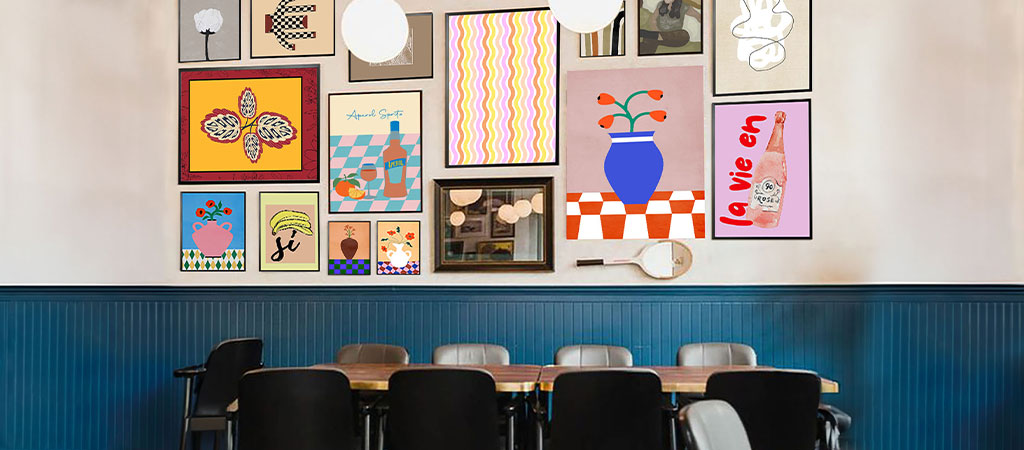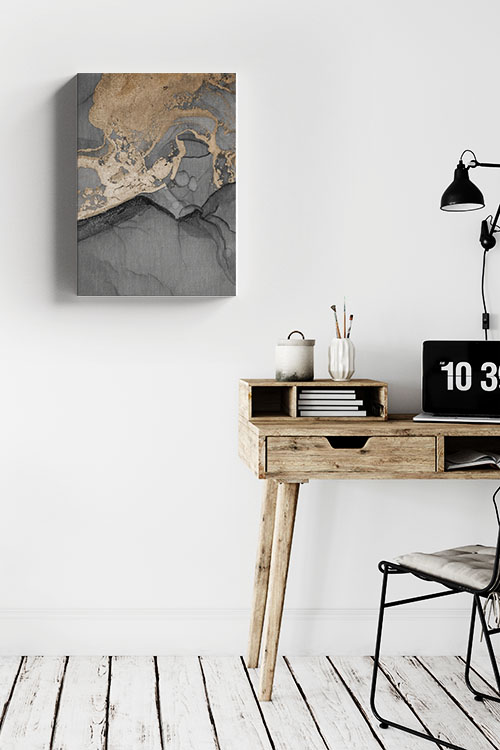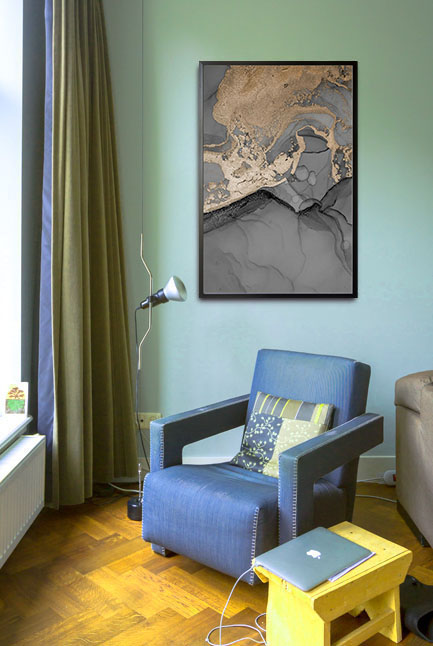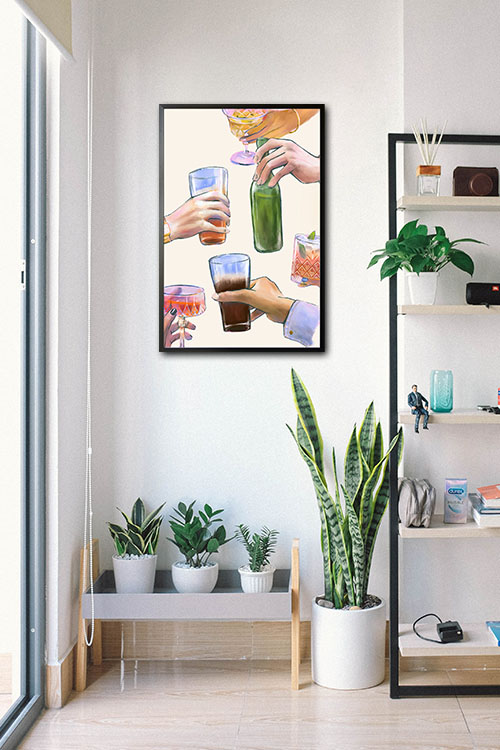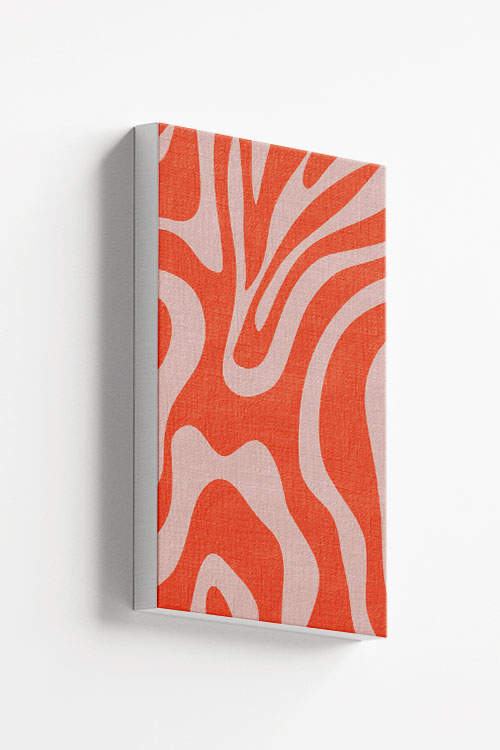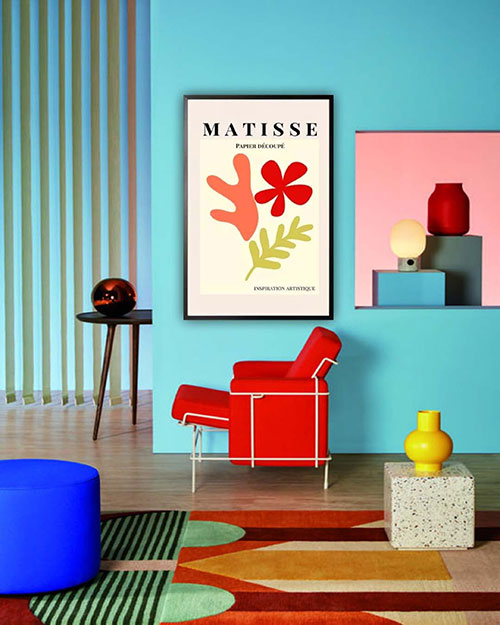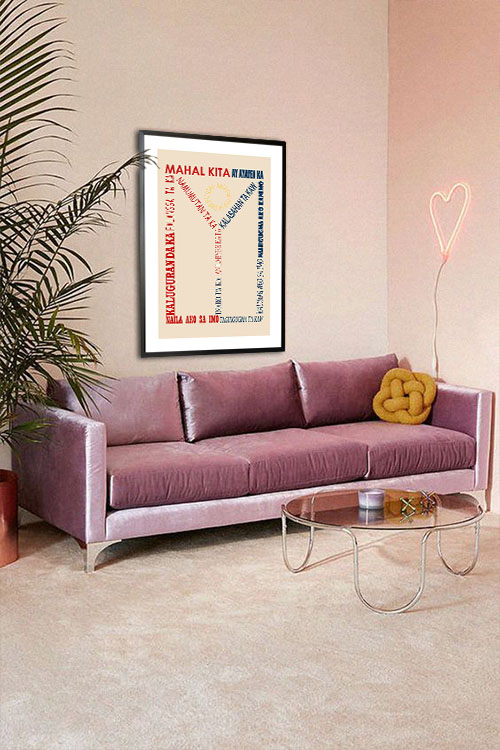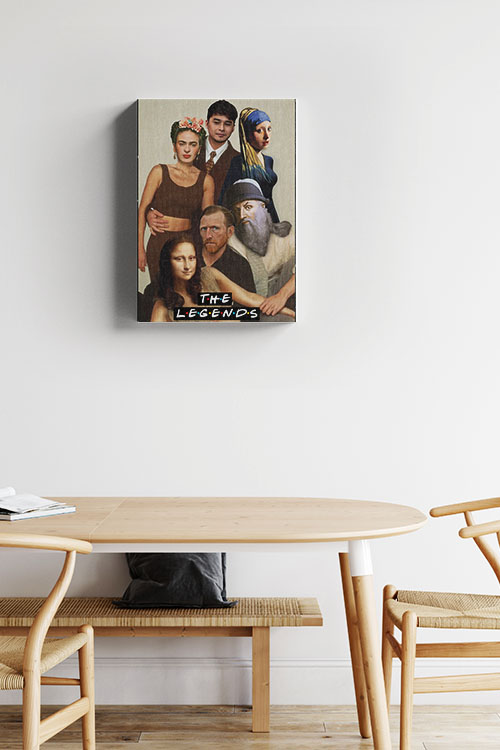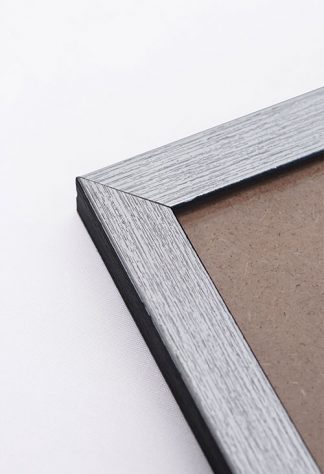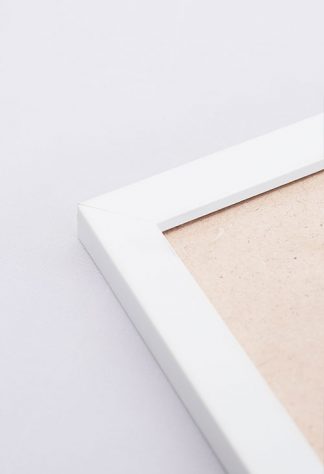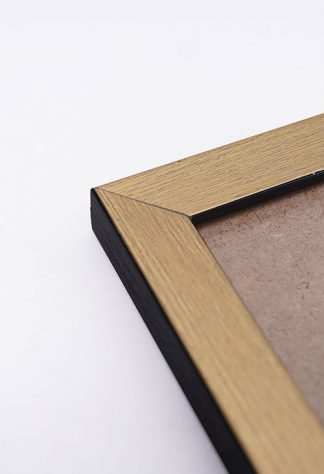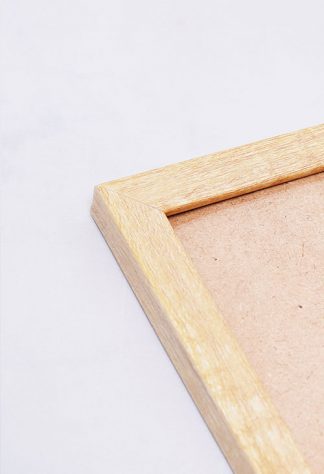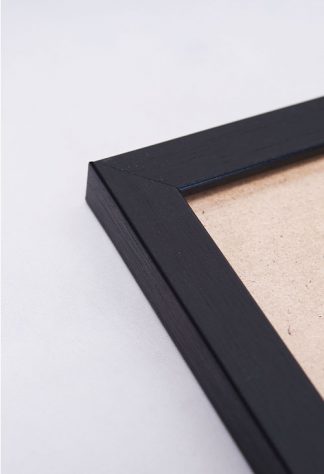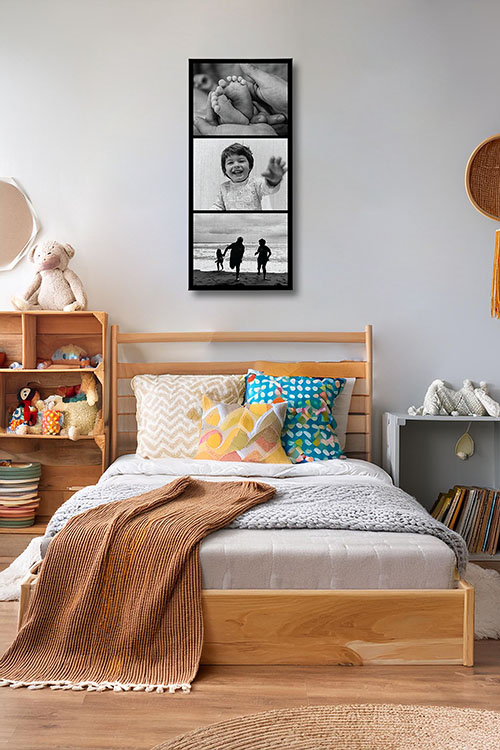
Your home is more than a shelter. It is a sanctuary and an extension of who and what you are. Customizing your home transforms it from a plain living space into a reflection of your personality, tastes, and lifestyle. Whether moving into a new house or revamping your current one, here are some exciting ways to make your home uniquely yours.
Visualize it
Before starting the actual decorating project, reflect on what you want your home to feel like. Will it be a cozy retreat, a modern minimalistic haven, or an eclectic gallery of your favorite things? Look for inspiration in magazines, online platforms like Pinterest, or even the homes of friends and family. Create a mood board to help define your color schemes, materials, and overall vibe.
Incorporate Personal Touches
The simplest way to personalize your home is by featuring items that are valuable to you. Display family photos, artwork, or heirlooms passed down through generations. These elements tell your story and evoke a sense of nostalgia and warmth.
Choose Colors That Speak to You
Colors profoundly affect mood and energy. Selecting hues that resonate with your personality is a simple yet powerful way to personalize your space. Consider vibrant shades like red, orange, or yellow if you are energetic and bold. Choose soothing neutrals, pastels, or deep blues and greens for a more tranquil atmosphere.
Customize Furniture and Decor
Investing in custom furniture or altering existing pieces can add a unique flair to your home. Reupholster an old armchair with a fabric you adore, or commission a custom-built bookshelf to fit an oddly shaped nook. Add decorative elements like throw pillows, rugs, and curtains that echo your style and enhance the space’s character.
Celebrate Your Interests
Your hobbies and interests should shine through in your home design. Are you an avid reader? Dedicate a wall to bookshelves. Are you a travel enthusiast? Display souvenirs or create a gallery wall of your favorite travel photos. Incorporating these elements personalizes your home and makes it a source of inspiration and joy.
Green Touches with Plants
Adding plants to your home brings life and vibrancy to the space. From small succulents to statement fiddle-leaf figs, plants can reflect your nurturing side while improving air quality. You can also choose planters that match your design aesthetic, further enhancing your home’s personality.
DIY and Handmade Items
Incorporating handmade or DIY elements makes your home even more personal. Craft wall art, sew unique cushion covers, or upcycle thrifted furniture. Not only does this add a sense of achievement, but it also ensures no one else will have the same items in their home.
Lighting Matters
Lighting plays a crucial role in setting the tone of your home. Choose fixtures that align with your style, whether elegant chandeliers, quirky pendant lights, or rustic sconces. Layering different types of lighting, such as ambient, task, and accent, allows you to create a dynamic and adaptable environment.
Evolving with Time
Finally, remember that your home should evolve with you. As your tastes and needs change, allow your space to adapt. Periodically reassess your decor and make updates that align with your current lifestyle.
